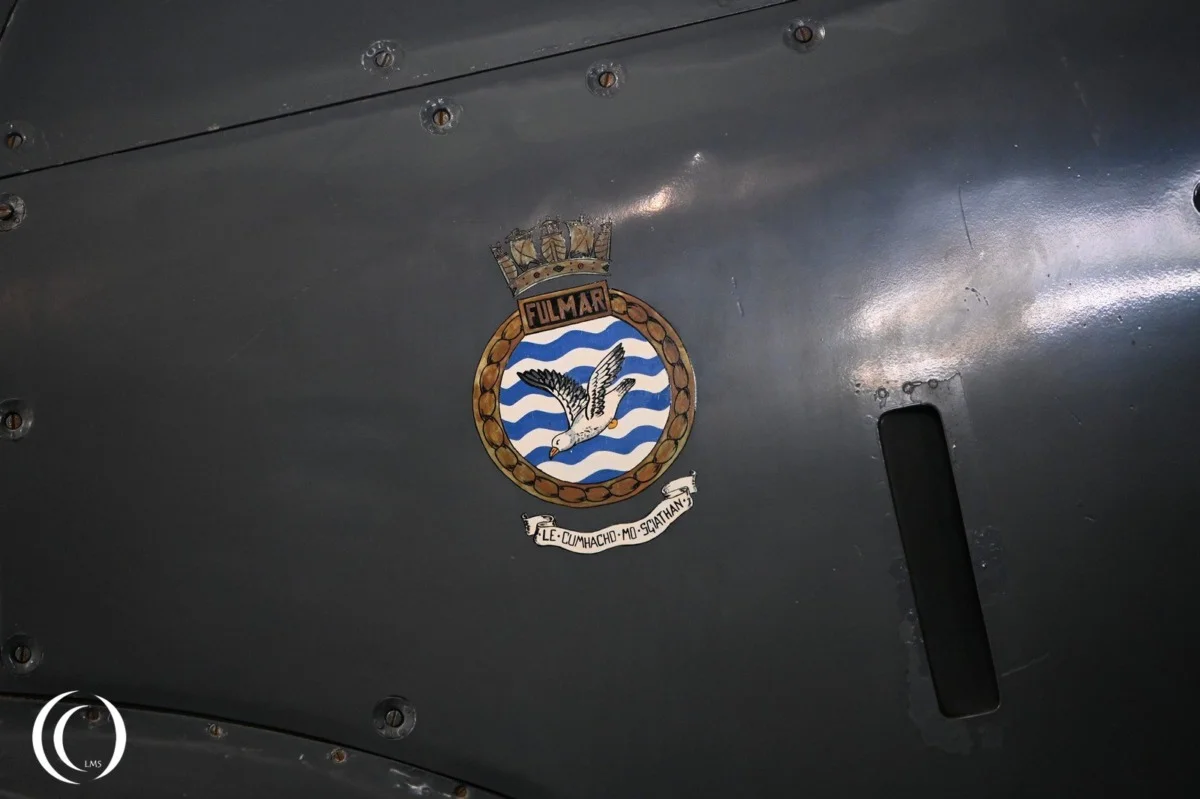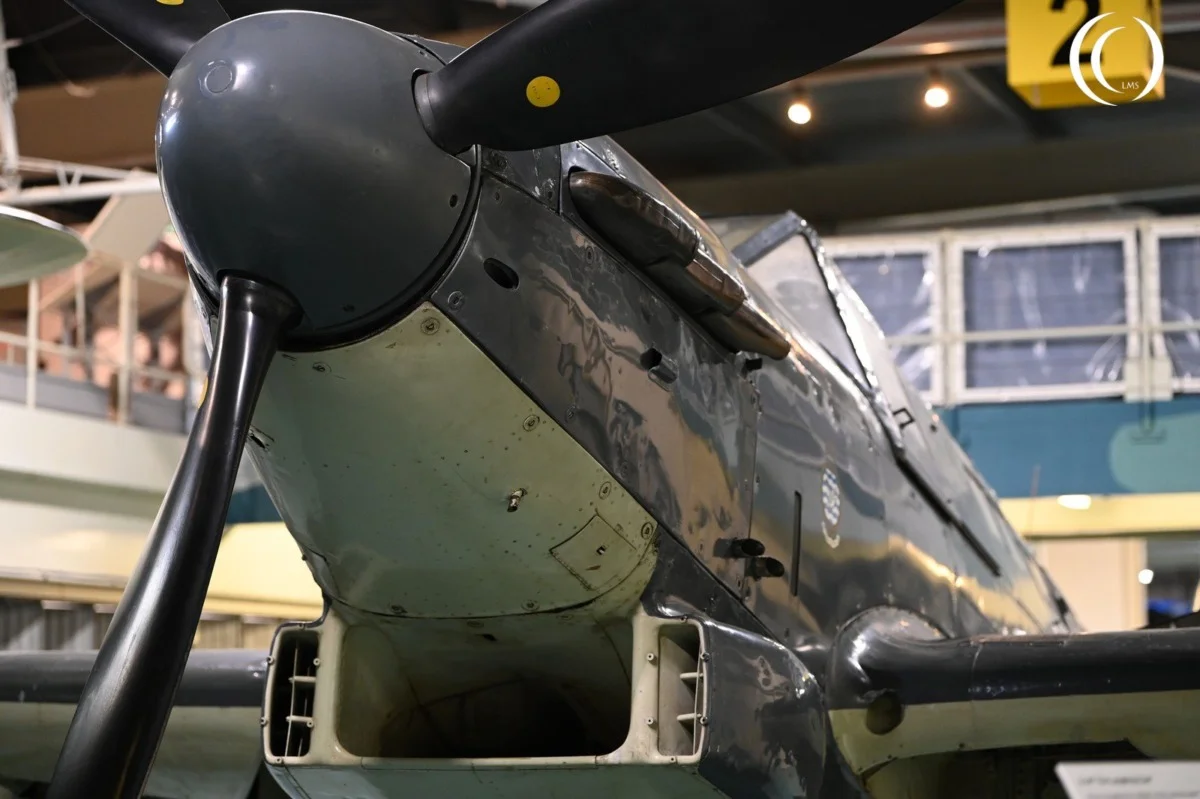
The Fairey Fulmar was a British carrier-borne fighter aircraft developed and produced by Fairey Aviation for the Royal Navy’s Fleet Air Arm during the early years of World War II. Though it was not a high-performance fighter by contemporary standards, the Fulmar served a critical role in naval operations during a transitional period in British carrier aviation.
Designed in response to Specification O.8/38, the Fulmar was developed from the earlier Fairey P.4/34 light bomber design. It was intended to fulfill a dual role as a long-range fighter and reconnaissance platform, with an emphasis on endurance and crew coordination rather than outright speed or agility. Unusually for a fighter, the Fulmar had a two-man crew: a pilot and a radio operator/navigator. This arrangement allowed the aircraft to perform fleet reconnaissance and combat air patrol missions more effectively over open sea, where long-range navigation was crucial.
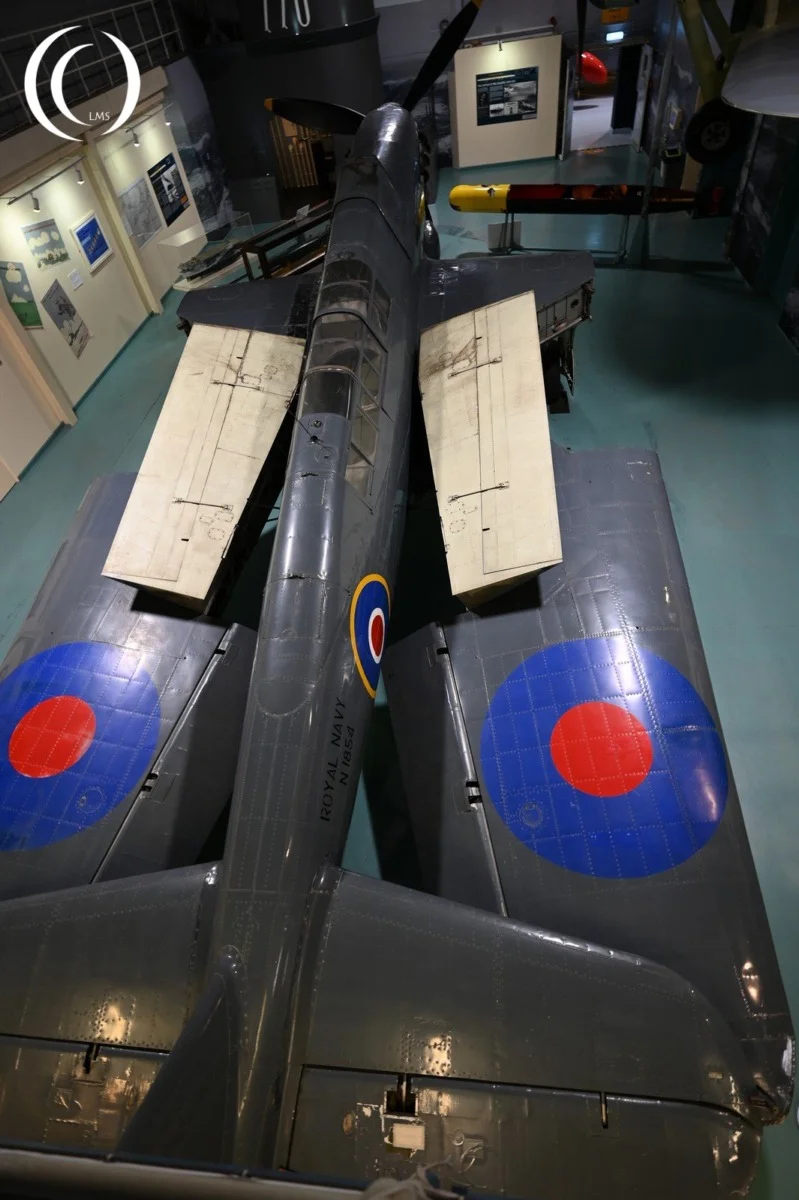

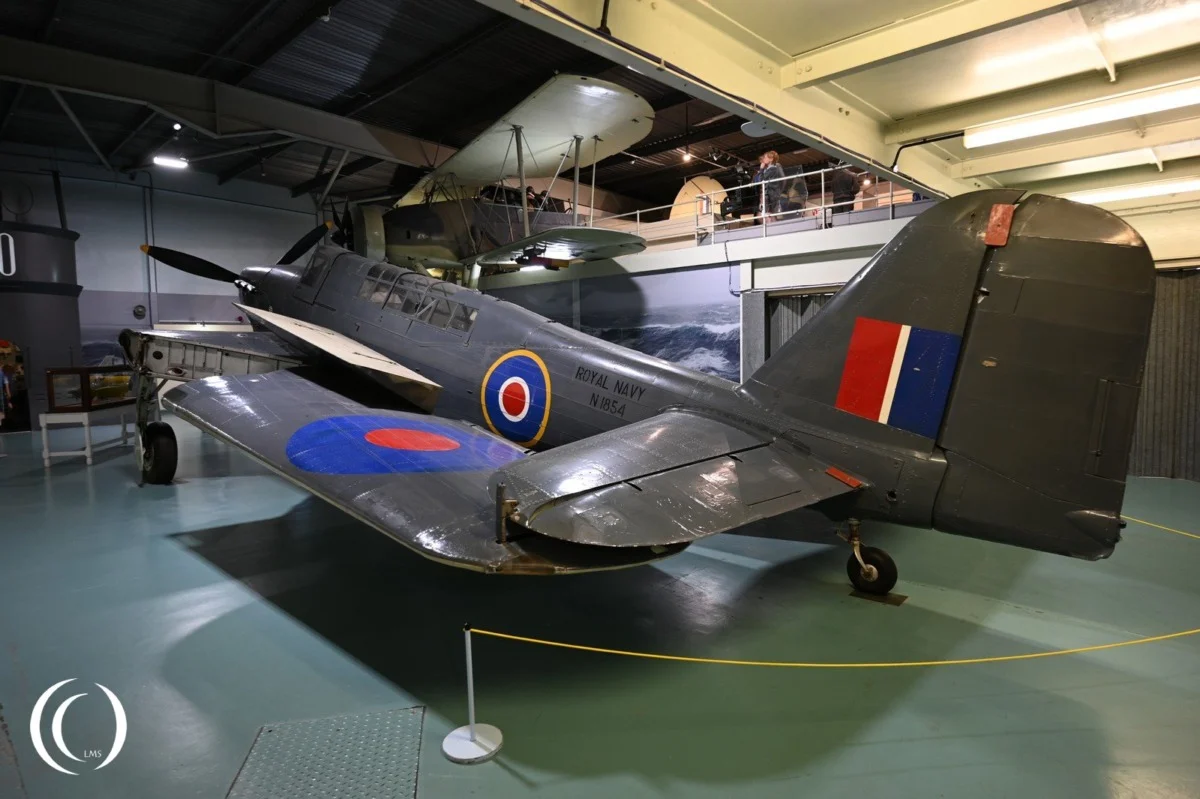
The aircraft was powered by a Rolls-Royce Merlin engine and first flew in January 1940. It featured a low-wing monoplane layout, folding wings for carrier storage, and fixed forward-firing machine guns. Armament typically consisted of eight .303 Browning machine guns mounted in the wings. Its performance was modest—maximum speed was around 265 mph (426 km/h), and its maneuverability was limited compared to land-based fighters like the Spitfire or Bf 109. However, the Fulmar compensated with good range, stability, and rugged construction suited for carrier operations.
The Fulmar entered operational service in July 1940 with 806 Naval Air Squadron aboard HMS Illustrious. It was immediately pressed into service during Mediterranean operations, where its long range and two-seat configuration proved advantageous in defending fleet units and performing aerial reconnaissance. It participated in major engagements such as the Battle of Cape Matapan, the evacuation of Crete, and the defense of Malta. Fulmars were also deployed during the early phases of the Pacific War, although they were soon outclassed by more modern Japanese aircraft.
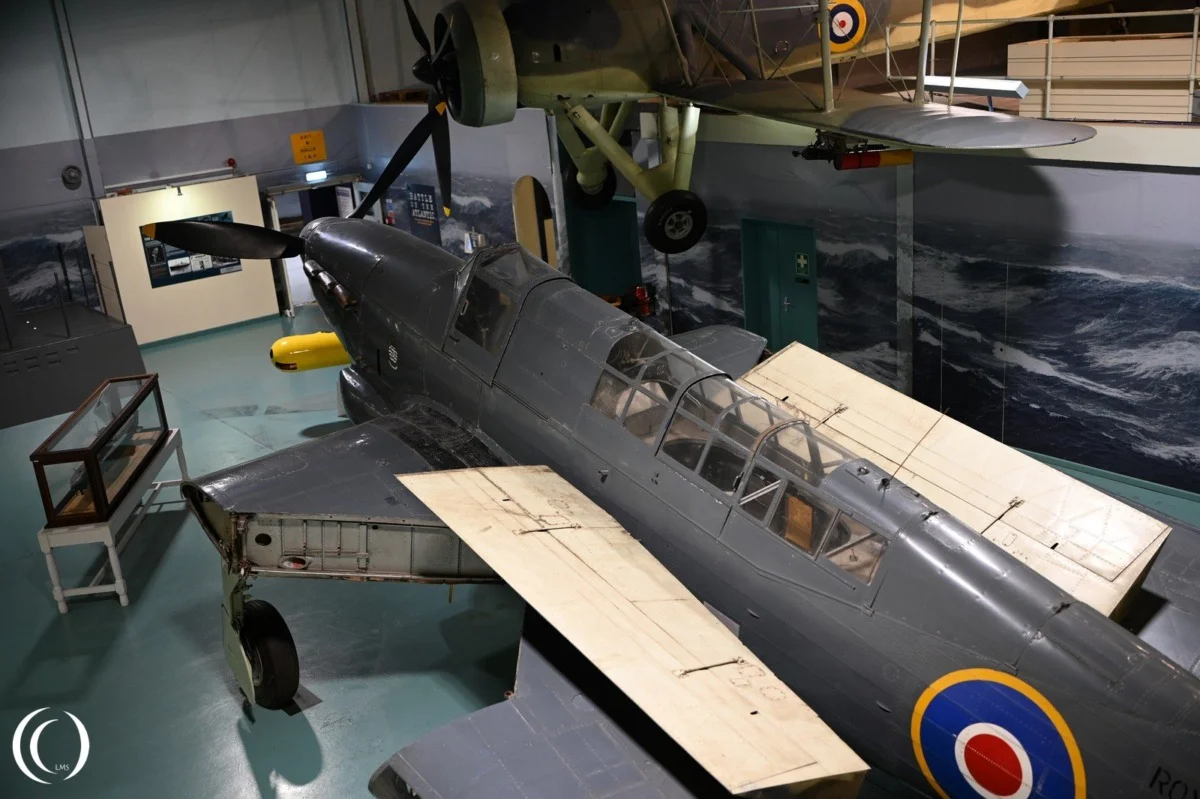
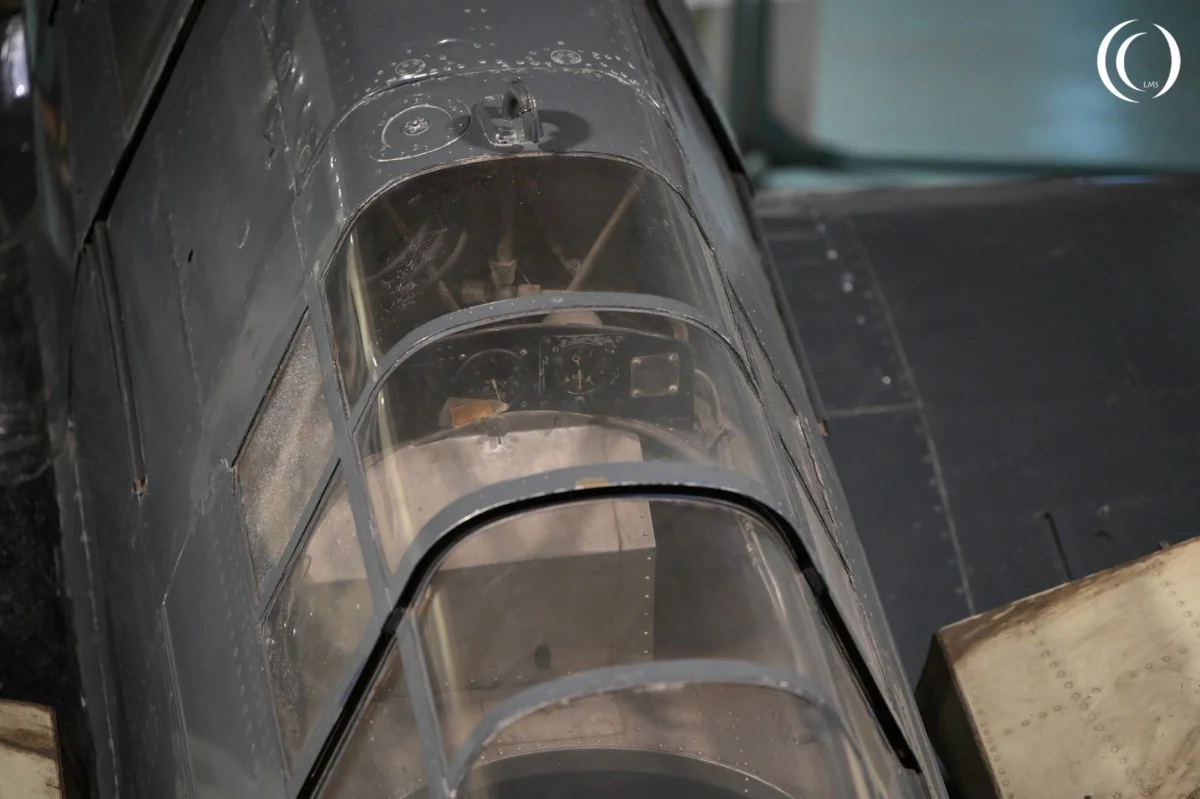
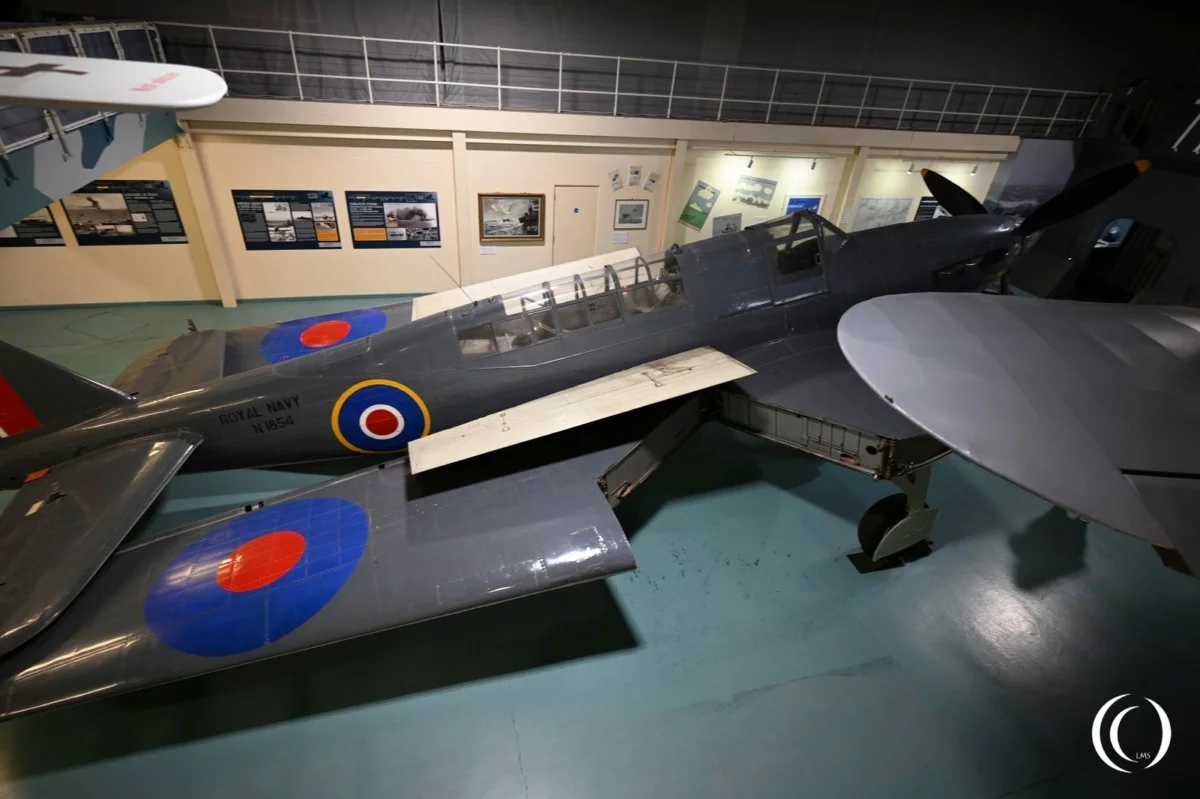
In combat, the Fulmar achieved mixed results. Against less sophisticated enemy aircraft such as the Italian Fiat CR.42 or bombers, it was effective. However, its limited speed and maneuverability made it vulnerable to more advanced Axis fighters. Nevertheless, by 1941, Fulmar squadrons had claimed over 100 enemy aircraft destroyed—more than any other British naval aircraft at that time.
Production totaled 600 aircraft, including the improved Fulmar Mk II, which featured a more powerful Merlin engine and minor upgrades. As newer aircraft such as the Supermarine Seafire and Grumman Martlet entered service, the Fulmar was gradually relegated to secondary roles, including training and convoy escort duties.
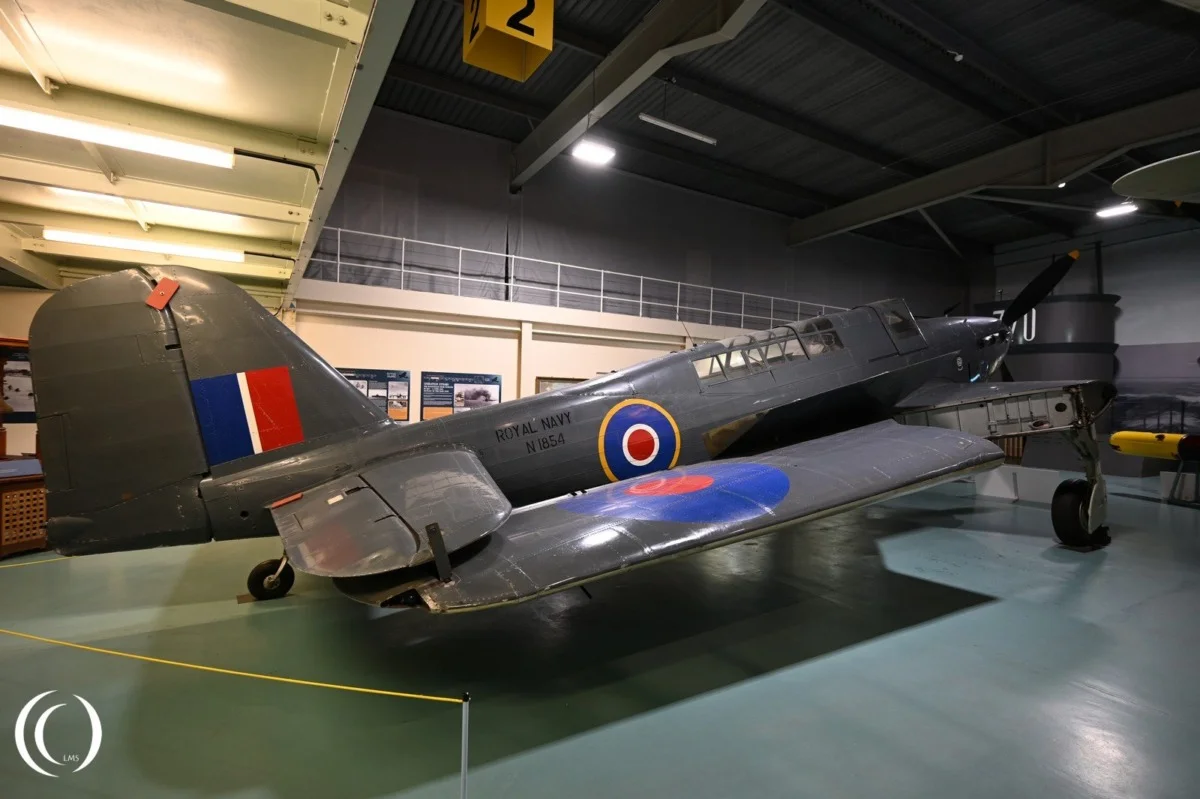
By 1943, it had largely been withdrawn from front-line combat. Despite its limitations, the Fairey Fulmar filled a critical gap in Fleet Air Arm capabilities during a period when few other naval fighters were available. It demonstrated the importance of aircraft carrier-based reconnaissance and long-range patrols in maritime warfare, paving the way for more capable successors.
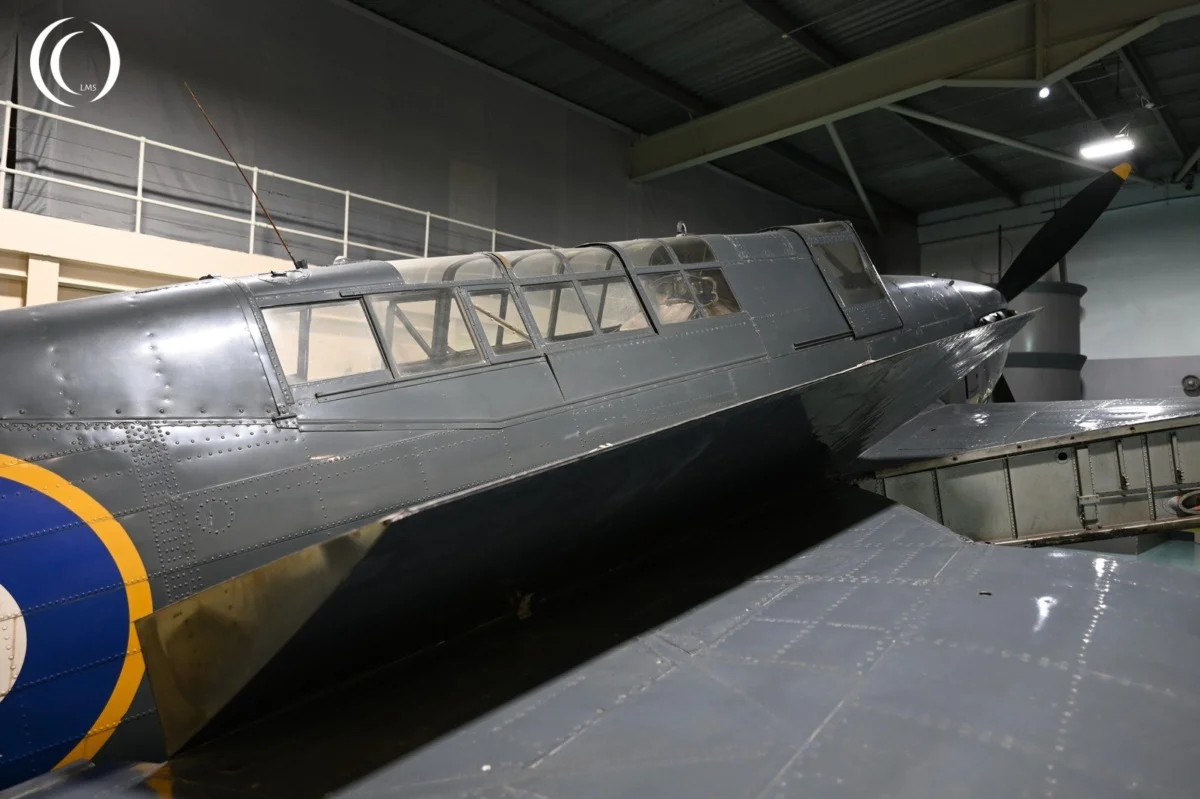
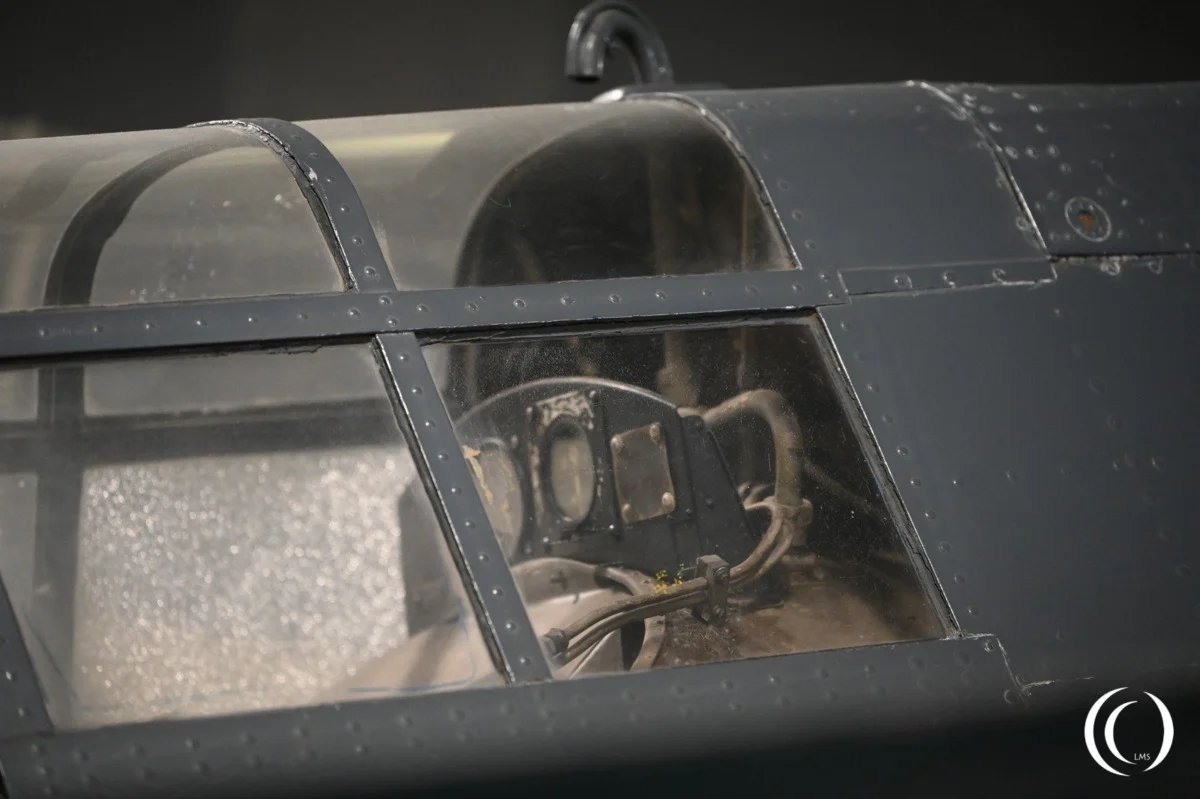
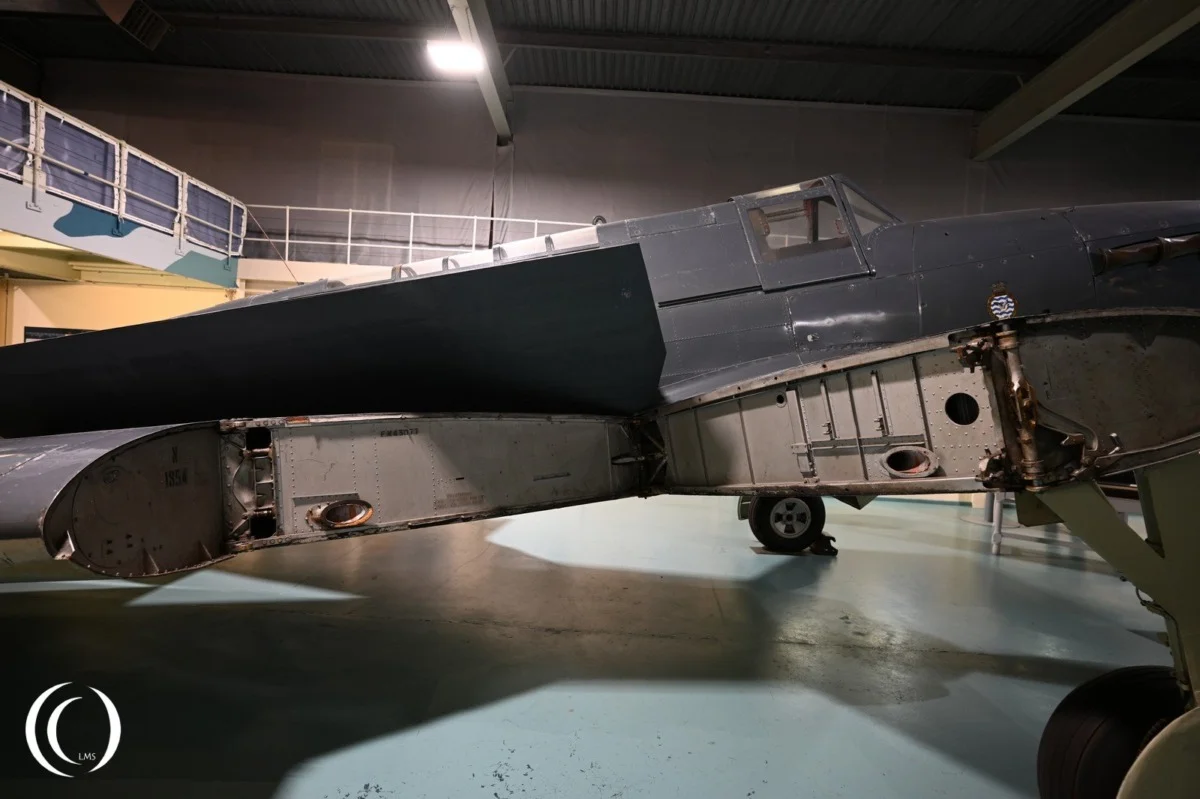
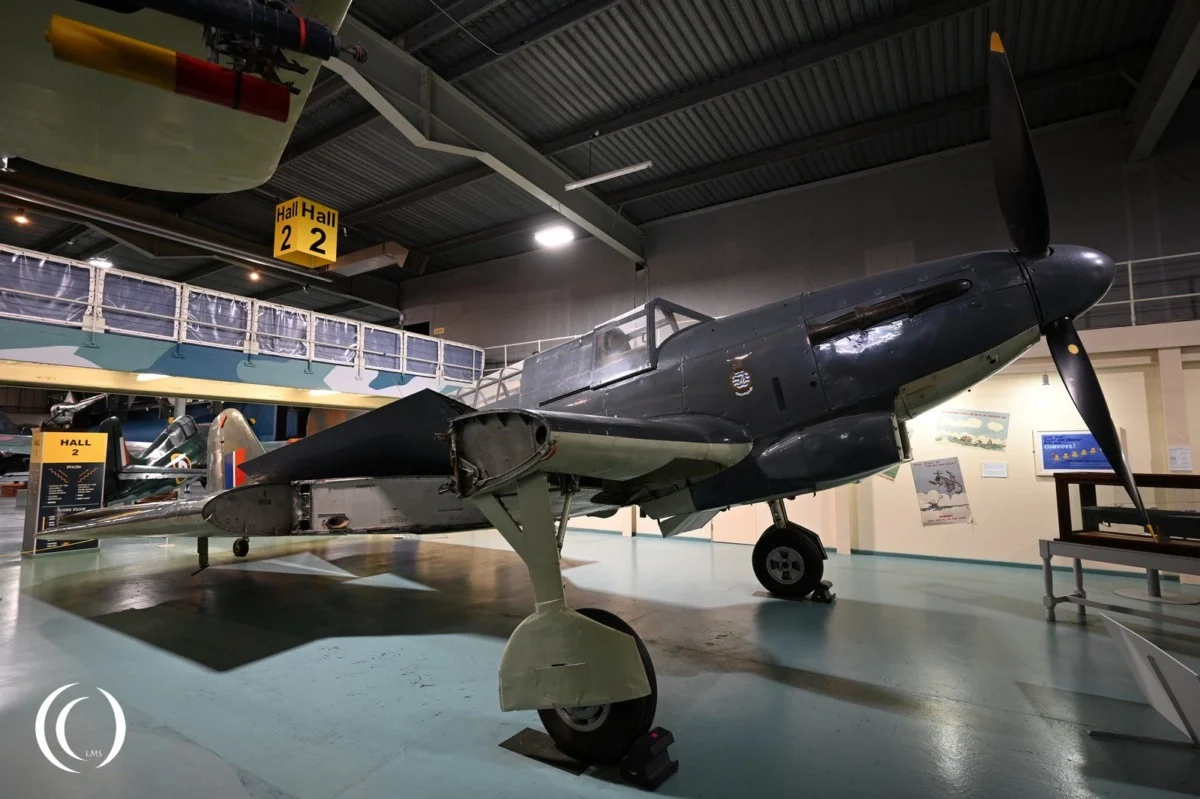
Technical Specifications
The Fairey Fulmar had a crew of 2, a pilot and a navigator/ radio operator/ observer/ rear machine gunner. The aircraft had a length of 40 ft 2 in (12.24 m), a height of 14 ft 0 in (4.27 m) and a wingspan of 46 ft 4.25 in (14.1288 m). The Fulmar was powered by one Rolls-Royce Merlin 30 V-12 liquid-cooled piston engine with 1,300 hp and together with its 3-bladed Rotol constant-speed propeller gave it a top speed of 272 mph (438 km/h)at 7,250 ft (2,210 m). Its cruise speed was 235 mph (378 km/h and it had a range of 780 mi (1,260 km).
It was armed with 8 × 0.303 in (7.7 mm) or 4 × 0.50 in (12.7 mm) Browning machine guns wing-mounted and occasionally had one 0.303 in (7.7 mm) Vickers K machine gun in the rear cabin. It could carry two 100 lb (45 kg) or 250 lb (110 kg) bombs
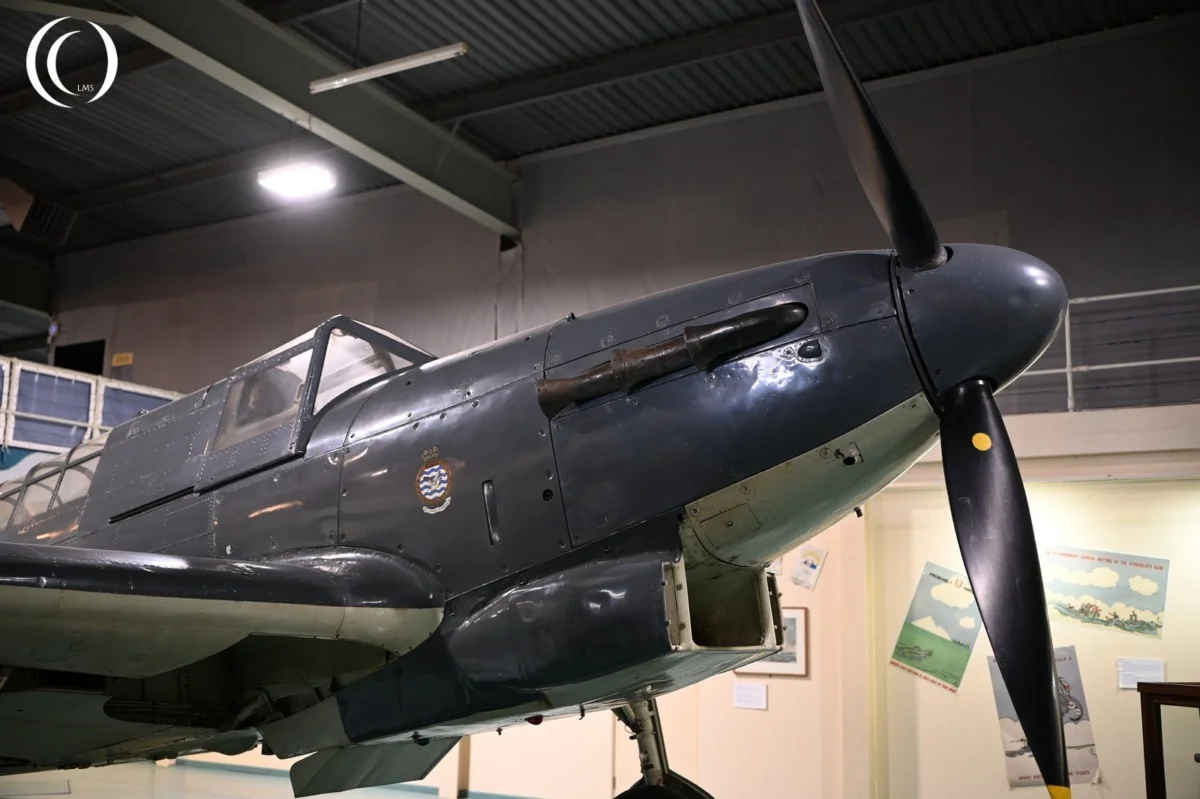
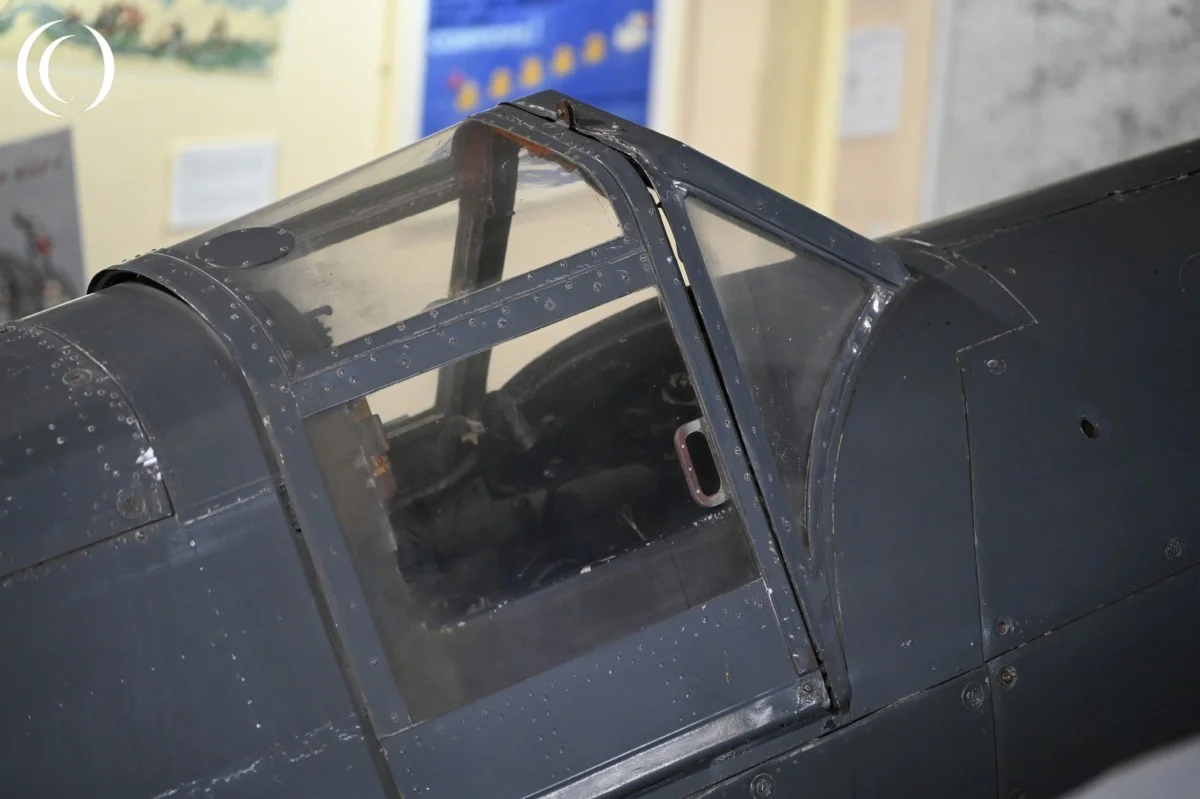
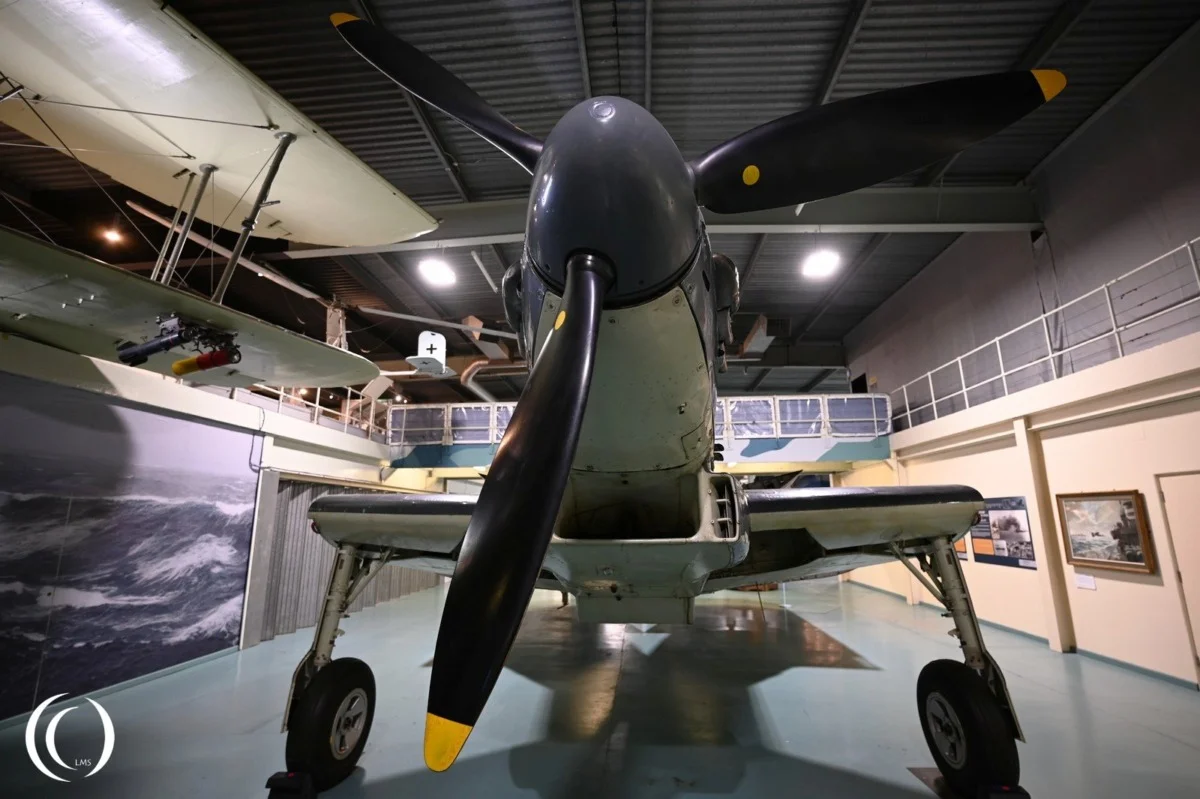
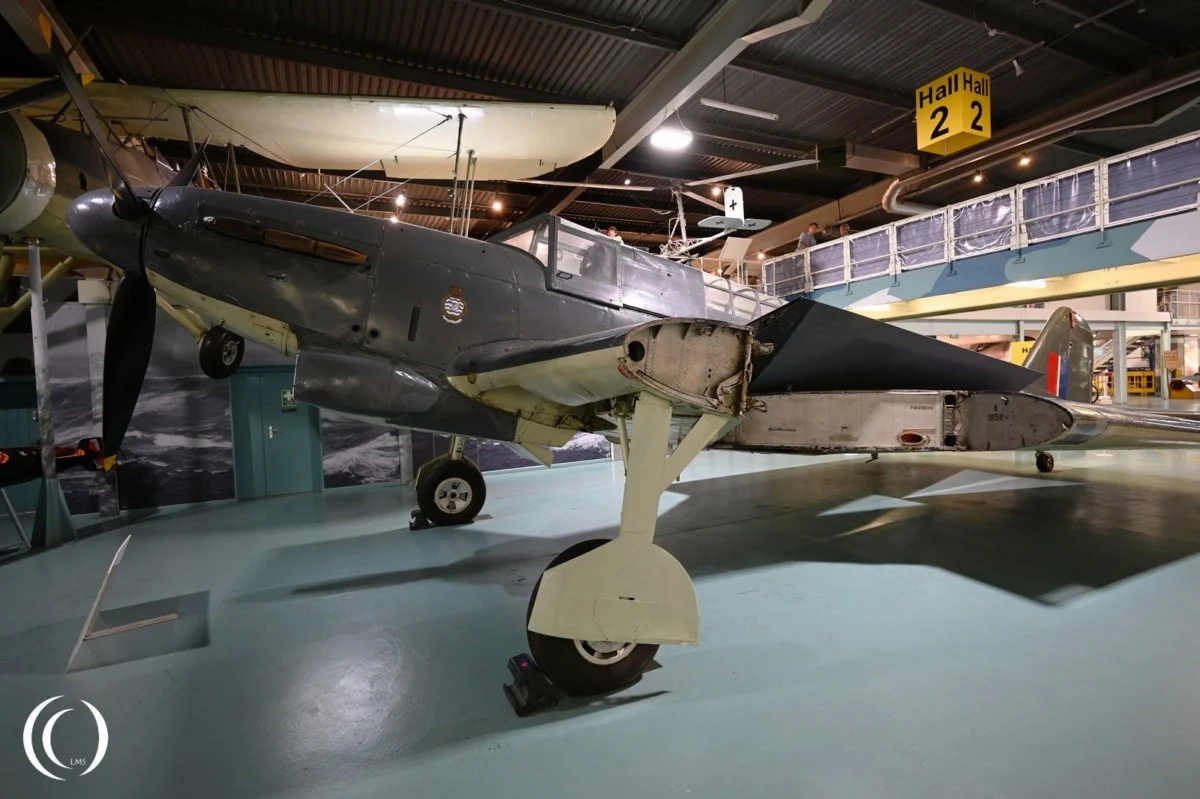
Fairey Fulmar in the photos
The photos show the only surviving Fairey Fulmar in the world, and a very special one. It is the first production example of the Fairey Fulmar, sole survivor and holds immense historical value. It has Registration N1854 (c/n F.3707) and was first flown in January 1940 form Ringway in Manchester. Originally designated N1854 before it was re-registered as G-AIBE. After initial deployment, the aircraft served in a utility capacity for Fairey Aviation, used as a “hack” and for trials, including deck-landing evaluation aboard HMS Illustrious. Though often outperformed by enemy fighters, it did fairly well against Italian aircraft and its pilots were credited with 112 kills in all, making the Fulmar, surprisingly, the top-scoring Fleet Air Arm fighter of WWII.
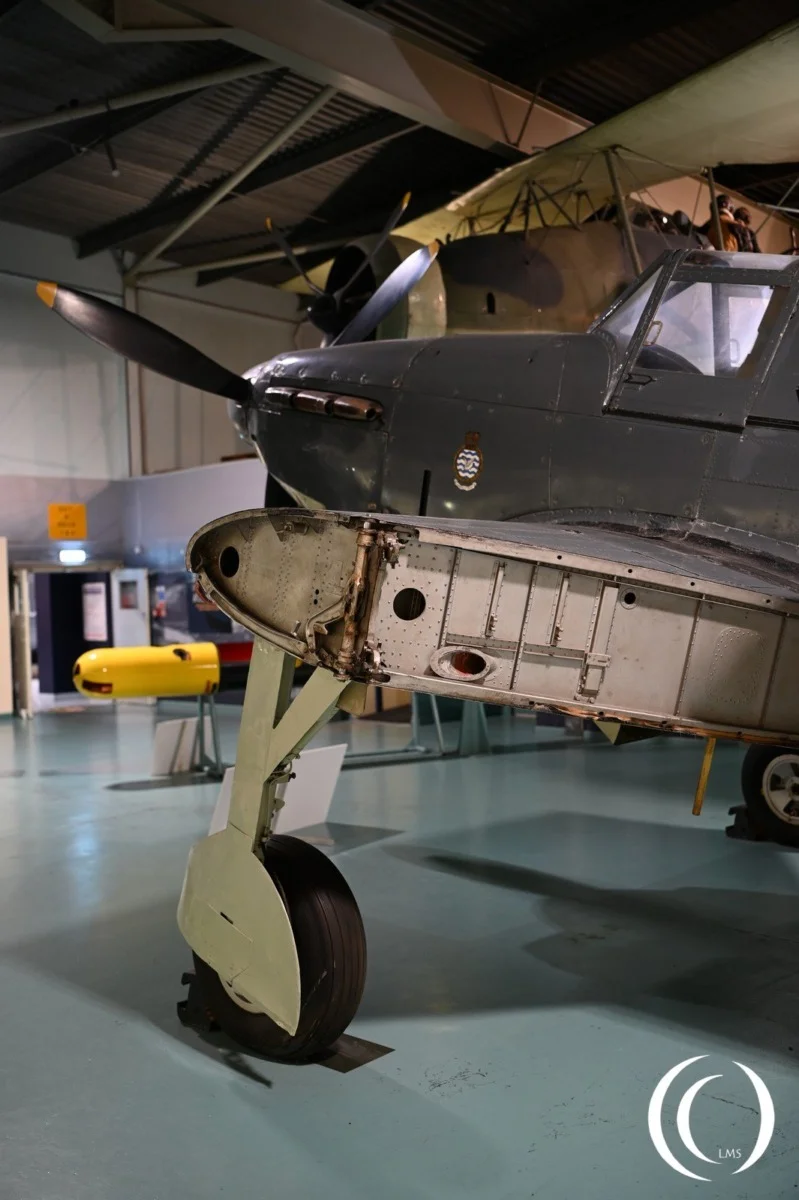
This Fairey Fulmar was retired in late 1962 and donated to the Royal Navy. It ultimately became part of the Fleet Air Arm Museum’s collection and remains on static display, often showcased with its wings folded to mimic an “in‑below‑deck” naval presentation.
